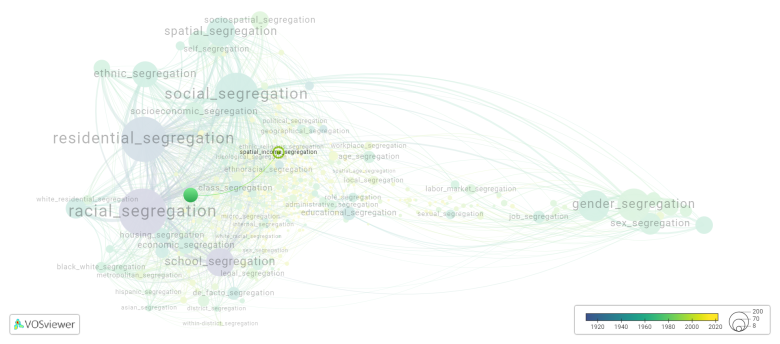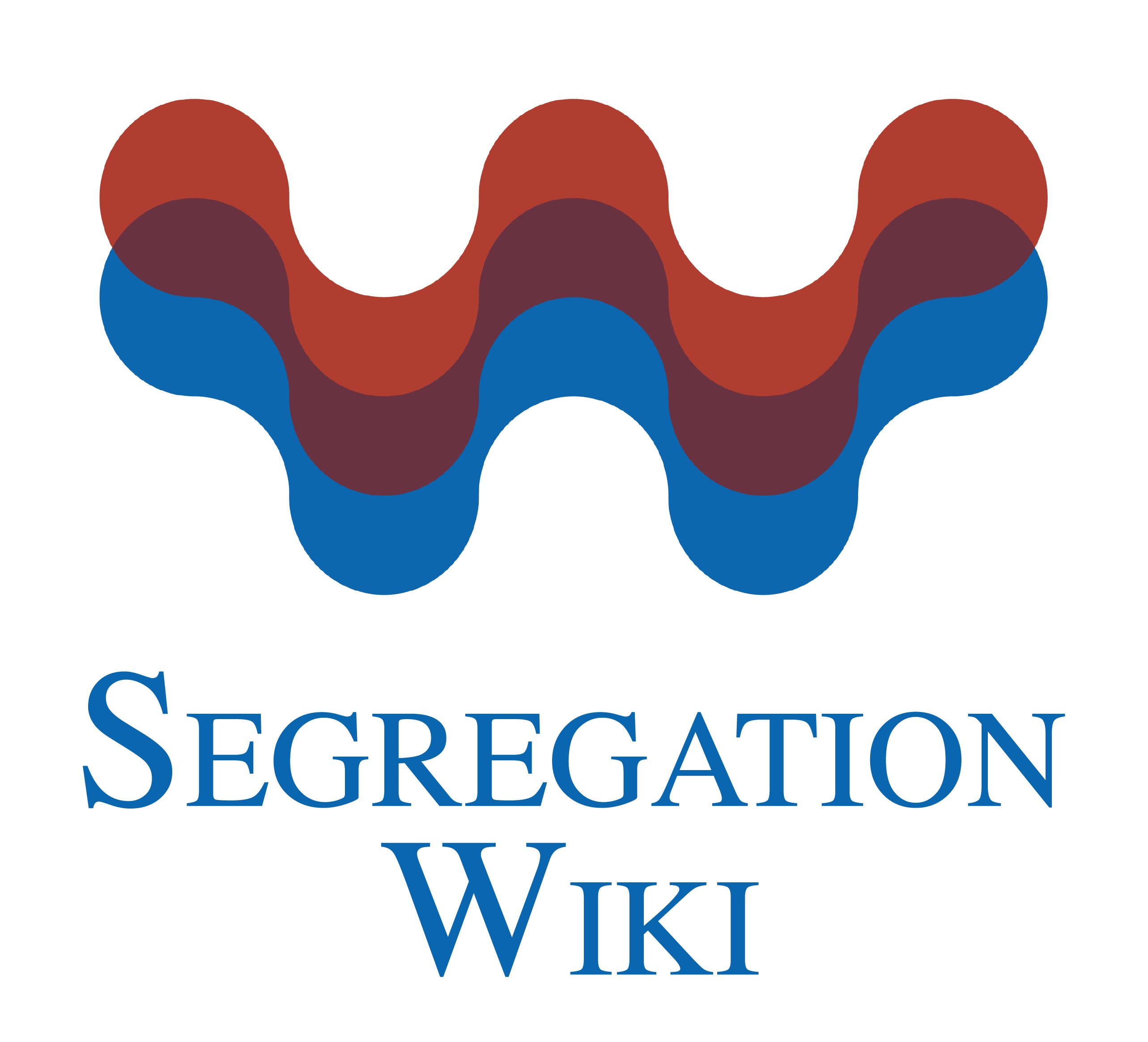Spatial income segregation
Date and country of first publication[1]
2003
United States
Definition
Spatial income segregation refers to the physical separation of individuals or households with different income levels within a specific geographic area, such as a neighborhood, city, or region. This segregation can result from various factors, including housing prices, access to amenities and resources, and social or economic policies that impact the distribution of income across different areas. Spatial income segregation can lead to disparities in access to opportunities and resources, as well as reinforce socioeconomic inequalities within a community. Efforts to address spatial income segregation often involve strategies to promote more equitable development and affordable housing options across different neighborhoods.
See also
Related segregation forms
Spatial income segregation is frequently discussed in the literature with the following segregation forms:
income segregation, residential segregation, sociospatial segregation, social segregation, spatial segregation

This visualization is based on the study The Multidisciplinary Landscape of Segregation Research.
For the complete network of interrelated segregation forms, please refer to:
References
Notes
- ↑ Date and country of first publication as informed by the Scopus database (December 2023).
Spatial income segregation appears in the following literature
Nechyba T. (2003). School finance, spatial income segregation, and the nature of communities. Journal of Urban Economics, 54(1), 61-88. Academic Press Inc..https://doi.org/10.1016/S0094-1190(03)00041-X
Schmidheiny K. (2006). Income segregation and local progressive taxation: Empirical evidence from Switzerland. Journal of Public Economics, 90(3), 429-458. https://doi.org/10.1016/j.jpubeco.2005.09.003
Gauvin L., Vignes A., Nadal J.-P. (2013). Modeling urban housing market dynamics: Can the socio spatial segregation preserve some social diversity?. Journal of Economic Dynamics and Control, 37(7), 1300-1321. https://doi.org/10.1016/j.jedc.2013.03.001
Nilsson I., Delmelle E.C. (202). On the link between rail transit and spatial income segregation. Applied Geography, 125(), -. Elsevier Ltd.https://doi.org/10.1016/j.apgeog.2020.102364
Yabe T., Ukkusuri S.V. (202). Effects of income inequality on evacuation, reentry and segregation after disasters. Transportation Research Part D: Transport and Environment, 82(), -. Elsevier Ltd.https://doi.org/10.1016/j.trd.2020.102260
